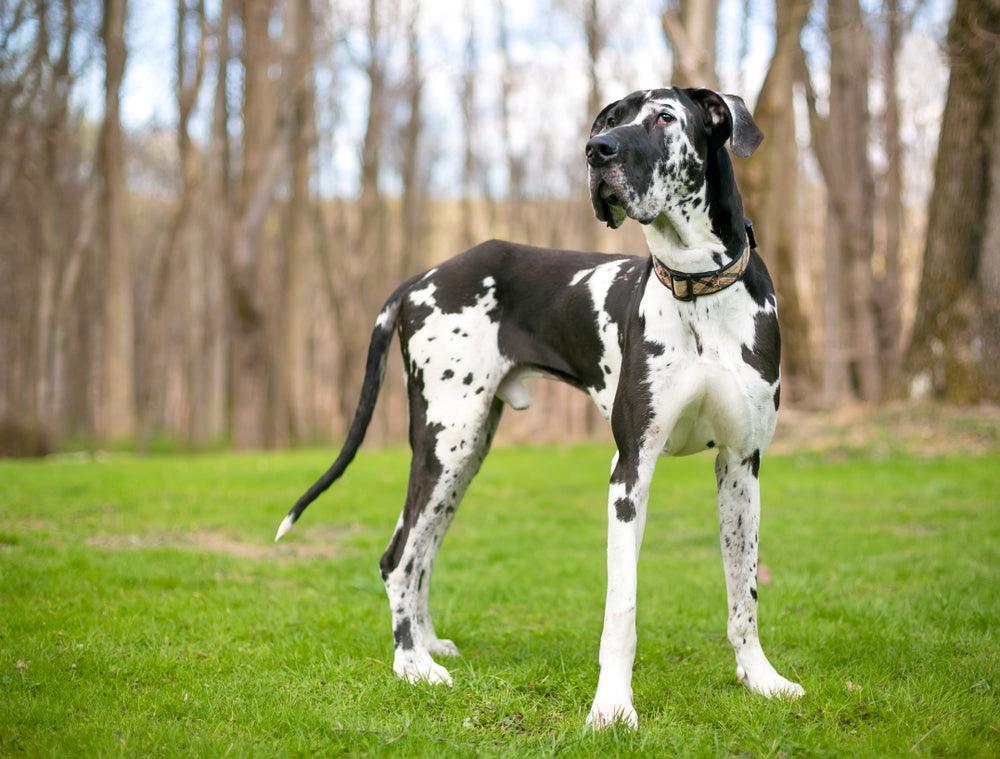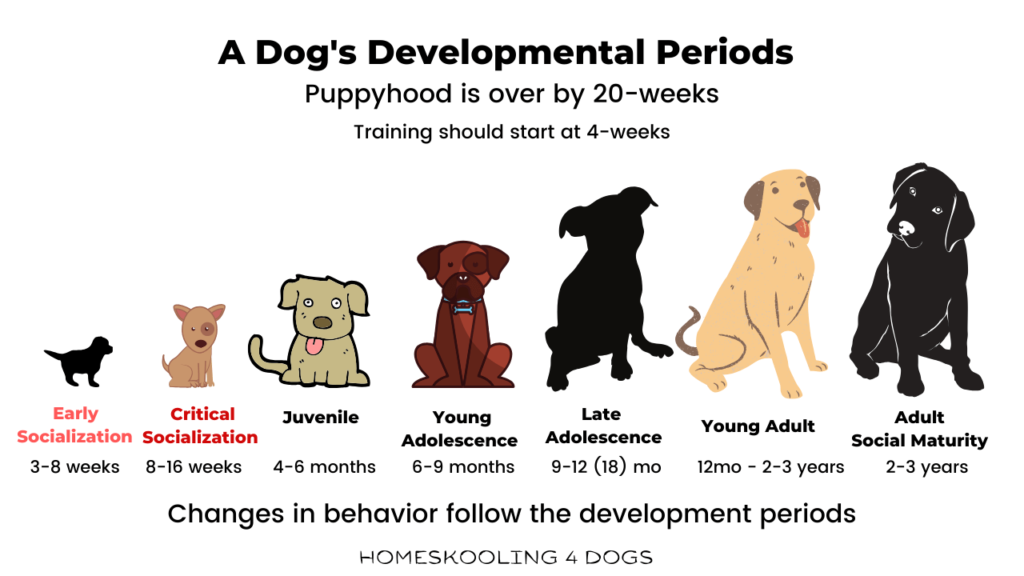As a dog owner, one of the most frequently asked questions you may encounter is, “How old is my dog in human years?” This query not only piques curiosity but also has practical implications for understanding your dog’s health, well-being, and lifespan. Traditionally, the “one dog year equals seven human years” rule has been an easy guide, yet it oversimplifies a more complex relationship between canine and human aging. This blog post aims to delve into the nuances of calculating your dog’s age accurately, considering factors such as breed, size, and health.
Understanding Dog Aging
Before jumping into the methods of calculating dog years, it’s essential to understand the biological differences between dogs and humans. Dogs age at a more accelerated rate than humans, particularly during their early years. The first year of a dog’s life is significantly more substantial in terms of development and growth than subsequent years. As such, a direct linear relationship doesn’t capture the true dynamics of aging.
>>> Buy now: Labrador Cotton Bed Sheets Spread Comforter Duvet Cover Bedding Sets
The Importance of Size and Breed
One of the critical factors in determining a dog’s age in human years is the size and breed of the dog. Generally, larger breeds tend to age faster than smaller breeds. For example, a Great Dane’s life expectancy is typically between 7-10 years, while a Chihuahua may live up to 15 years or more. This difference in life expectancy should be factored into how we calculate a dog’s age.
Innovative breed-specific calculators and charts have emerged over the years, allowing for a more nuanced consideration of age based on a dog’s particular characteristics. Understanding this is crucial for pet owners aiming to provide the best care for their companions as they age.
The Accurate Calculation Methods
Traditional 7-Year Rule
While commonly used, the “7-year rule” oversimplifies the aging process. For example, many veterinarians now suggest that the aging process is quicker in the first two years of a dog’s life. The first year of life could equate to approximately 15 human years, and the second year could add another 9 years. After this point, dogs typically age about 5 years for every additional year. Here’s a simplified breakdown:
First Year: Approximately 15 human years
Second Year: Approximately 9 human years
Each subsequent year: Approximately 5 human years
This method gives a much more realistic estimation of a dog’s age compared to the standard 7-year equation.
The Breed-Specific Approach
For a more precise age calculation, considering breed and size is essential. Various breed-specific guidelines can be found, but here’s a basic categorization you can use:
- Small Breeds (e.g., Chihuahuas, Dachshunds):
- Year 1: 15 human years
- Year 2: 9 human years
- Each additional year: 4 human years
- Medium Breeds (e.g., Beagles, Bulldogs):
- Year 1: 15 human years
- Year 2: 9 human years
- Each additional year: 5 human years
- Large Breeds (e.g., Golden Retrievers, Labrador Retrievers):
- Year 1: 15 human years
- Year 2: 9 human years
- Each additional year: 6 human years
- Giant Breeds (e.g., Great Danes, Mastiffs):
- Year 1: 15 human years
- Year 2: 9 human years
- Each additional year: 7 human years
Using Dog Age Calculators
Numerous online resources and tools have emerged, allowing dog owners to compute their pet’s age accurately by inputting the dog’s breed, size, and age. These calculators can usually provide a detailed breakdown of the dog’s development stages, including possible health considerations to keep in mind as they age.
The Role of Health and Nutrition
It’s important to note that a dog’s health, nutrition, activity level, and genetics can also influence aging. Dogs that receive routine veterinary care, a balanced diet, and regular exercise often lead healthier lives. Health issues can accelerate the aging process, while a well-cared-for dog may experience a delay in its physical aging. Therefore, always consider health as a significant component when calculating age and planning for your dog’s long-term care.
Understanding how to calculate your dog’s age accurately is not just a fun trivia question; it serves as a critical tool for responsible pet ownership. By factoring in size, breed, and individual health, you can foster a deeper relationship with your canine friend as they age. Acknowledging their different life stages and adapting your care accordingly can lead to a happier, healthier, and longer life for your dog.
>>> Read more: How to Pair a Polo Shirt with a Hat, Gloves and Golf Bag
Regular veterinary check-ups, a nutritious diet, and plenty of exercise can help you manage your dog’s health as they grow older. Remember, every dog is unique, and by analyzing their specific needs and requirements, you can provide a loving environment that accommodates their aging process. Your commitment will ensure that your furry companion enjoys their golden years with the same enthusiasm and vitality with which they approached their youthful days.




